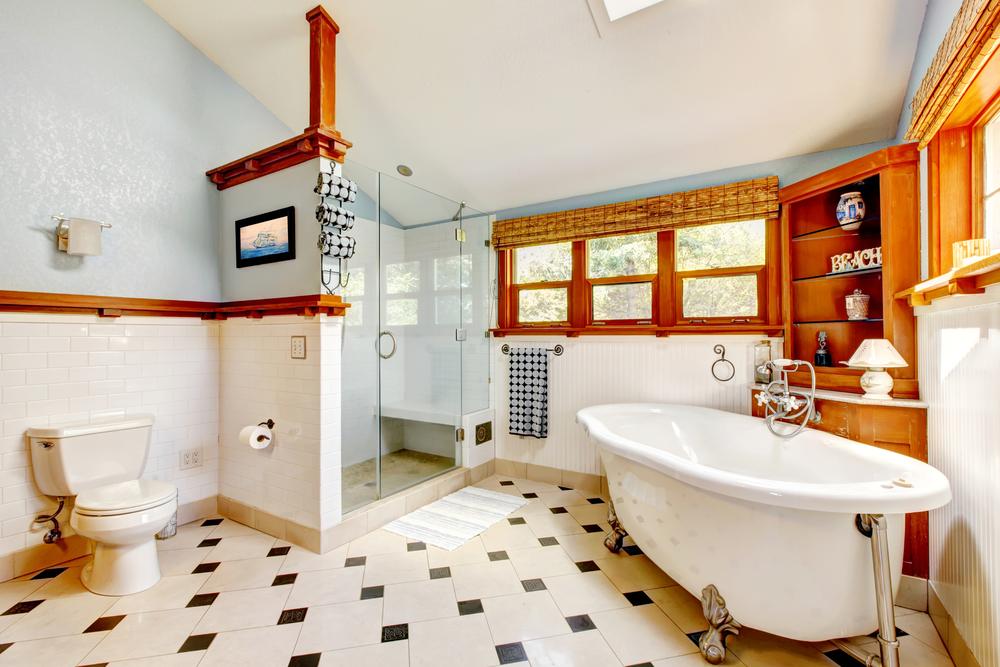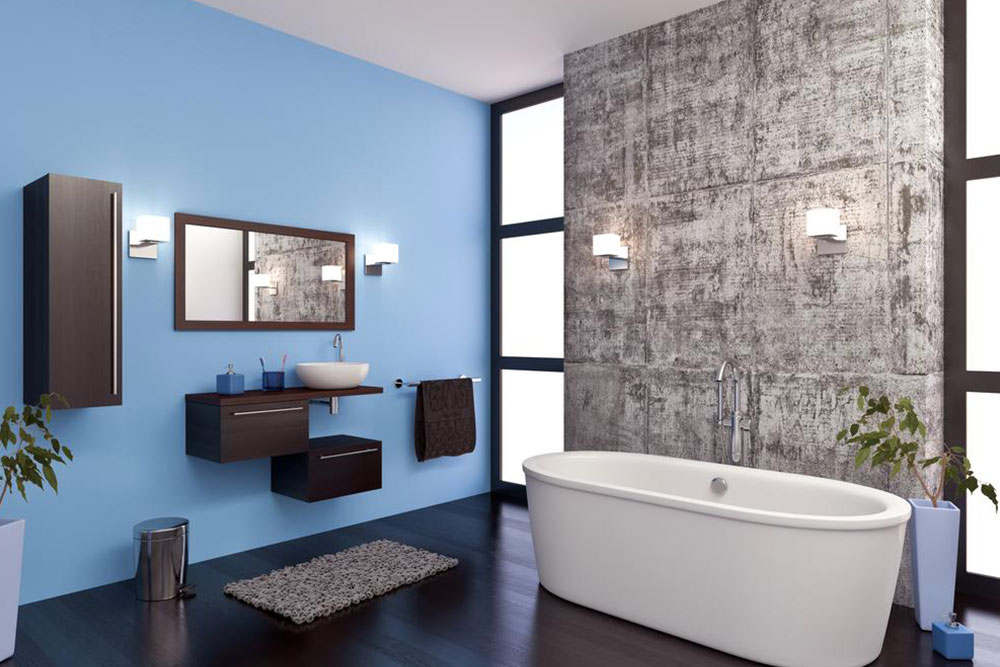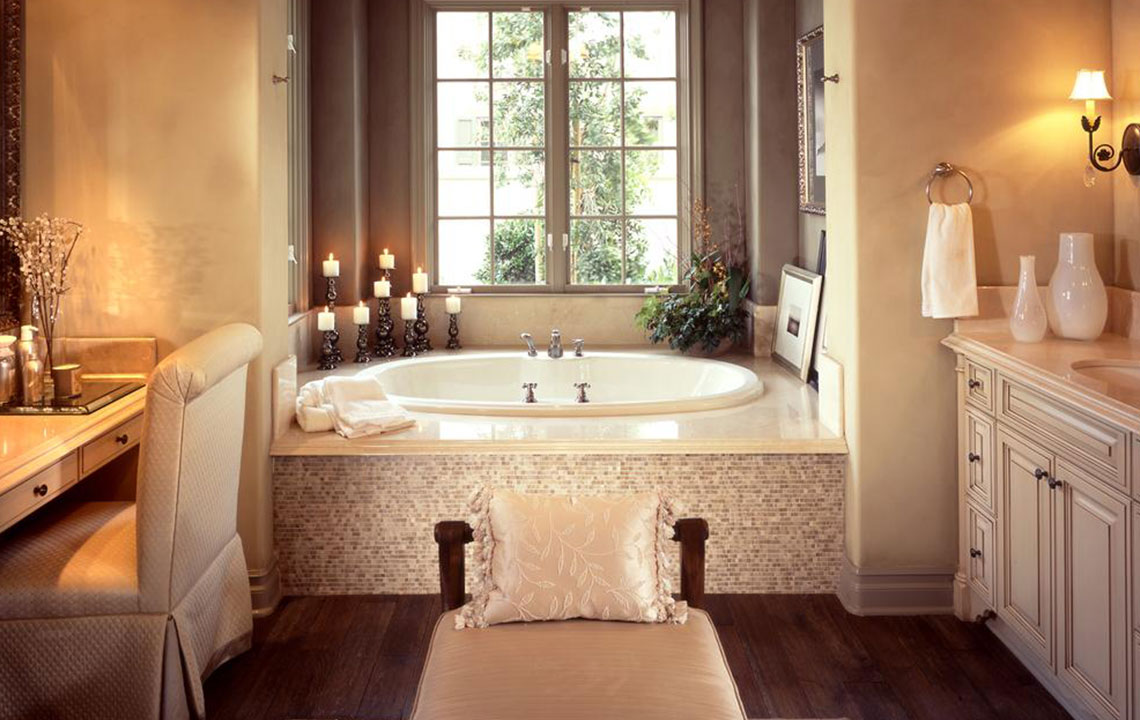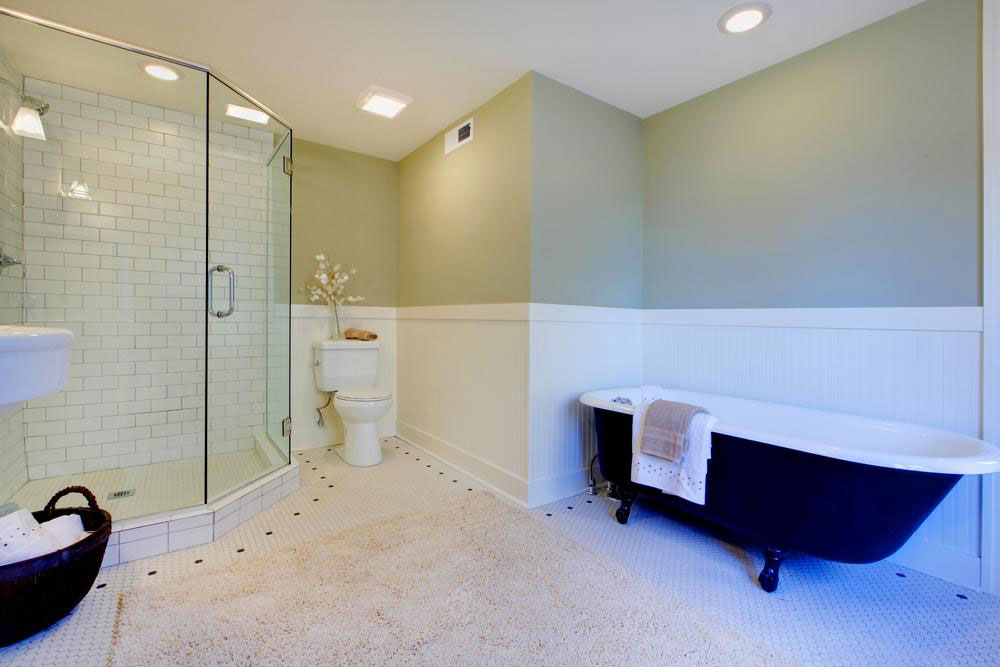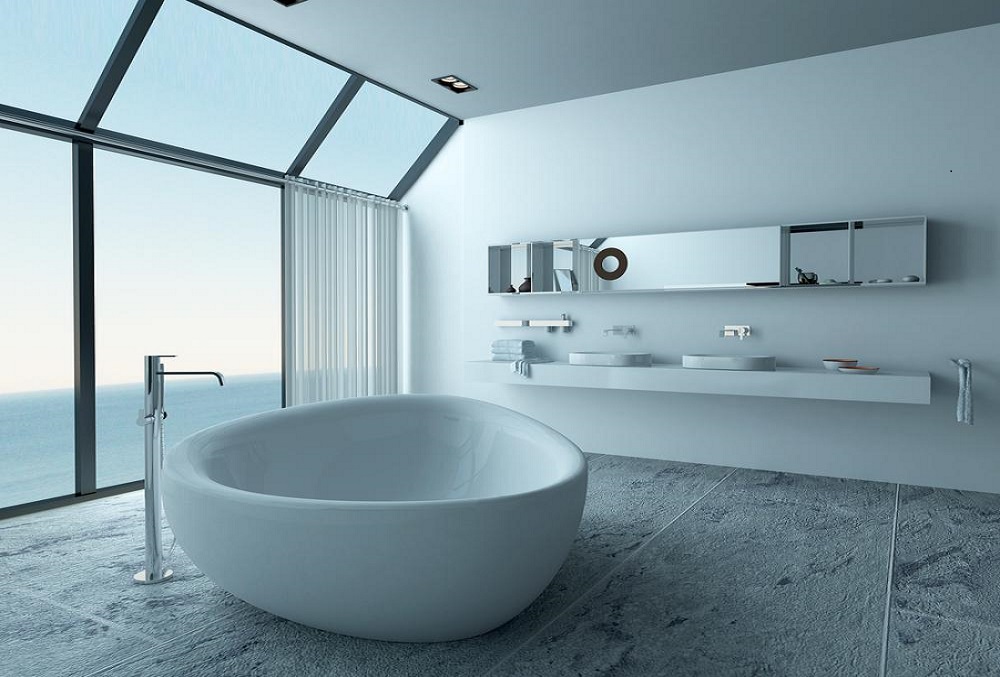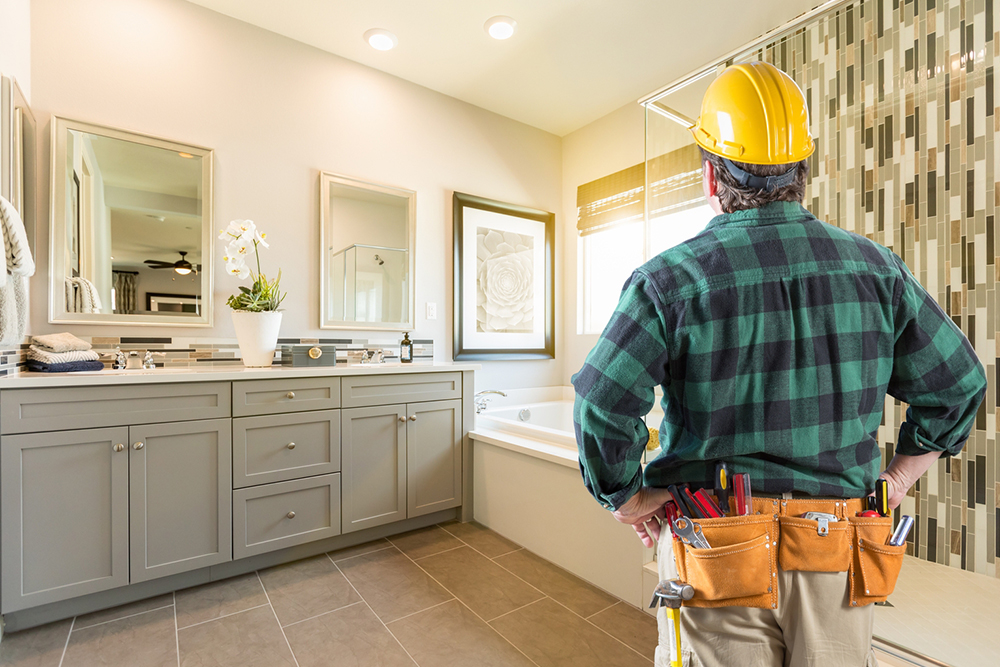Advantages and Disadvantages of Contemporary Walk-In Showers
Discover the advantages and disadvantages of modern walk-in showers. Learn about their spacious design, easy maintenance, and stylish appeal, along with potential privacy and water management considerations. This guide helps homeowners make informed decisions on integrating walk-in showers into their bathrooms for a luxurious and modern look.
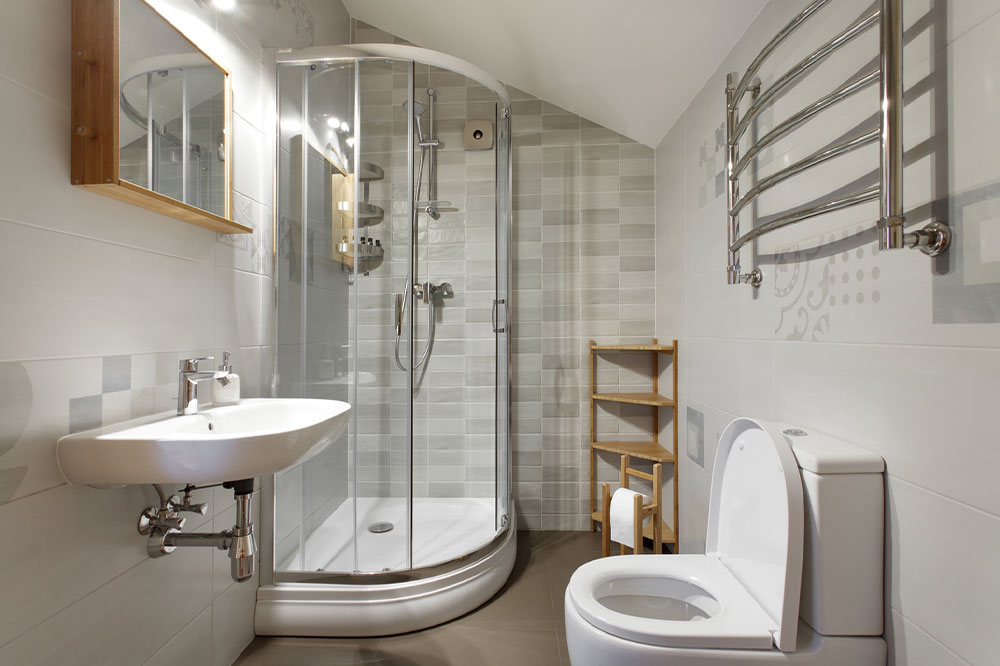
Advantages and Disadvantages of Modern Walk-In Showers
Today’s homeowners seek stylish bathroom solutions with standalone showers and premium tiles. Over the past decade, the popularity of walk-in showers has surged as many convert traditional bathtubs into sleek, doorless shower spaces. These designs offer numerous benefits but can also have drawbacks if not properly planned. Here’s everything you should consider about walk-in showers:
Benefits of a walk-in shower:
Enhanced spaciousness
Without doors and with open layouts, walk-in showers create the illusion of a larger bathroom, providing ample space to shower while maintaining a sleek look.
Simplified cleaning
The flat surfaces and minimal corners of walk-in showers make cleaning quicker and easier compared to traditional setups. The tiled floors and glass panels need less maintenance.
Customizable fit
They can be adapted to any bathroom size, fitting seamlessly into small or spacious spaces, and can be designed as standalone units or integrated with other features.
Modern minimalist appeal
Whether small or large, a walk-in shower with or without doors adds a touch of luxury, creating a chic, high-end vibe that elevates your home’s aesthetic.
Accessible design
Walk-in showers eliminate barriers like thresholds, making entry and exit easier—especially beneficial for children, seniors, or those with mobility issues. Their doorless design reduces tripping hazards.
Potential drawbacks of walk-in showers:
Privacy concerns
Since many designs lack doors or have transparent glass walls, privacy may be compromised. Consider frosted or textured glass for more seclusion.
Water splashes
Open designs can sometimes lead to water escaping, making the bathroom floor wet and slippery if not properly planned. Proper flooring slopes and barriers can mitigate this.
Higher investment
High-quality materials like thick glass and upscale tiles increase the cost of installation. However, they add a modern, luxurious touch that can boost property value.
Here are tips for designing your walk-in shower:
Floor flooding prevention
Ensure the floor slopes toward the drain for proper water runoff, and consider slightly lowering the floor level to prevent flooding.
Safety features
Use textured tiles to improve grip and prevent slips, especially in wet areas.
Controlling moisture
Install exhaust fans or windows to keep humidity levels in check and prevent draftiness. A dehumidifier can also help.
Decorative textures
Enhance your shower’s aesthetic by incorporating textured or feature walls, adding visual interest.
Flexible shapes
Be creative with the overall shower shape—curved, polygonal, or custom designs—depending on your space.
Durable glass panels
Opt for thick, anti-fog glass (6-8mm) to ensure durability and clarity, minimizing water marks and fogging.
Cost considerations
Installation expenses vary based on size and complexity but typically range from $815 to $930.
Durability and updates
Walk-in showers generally last around 18 years with proper maintenance, and periodic renovations (every 2-4 years) can keep them looking modern. They are suitable for home, spa, or hotel upgrades, offering a luxurious and stylish bathing experience.
While often mistaken for regular showers, walk-in designs emphasize unique size, shape, and elegance. They add a modern, high-end feel, frequently seen in luxury hotels and spas. The choice of elements allows homeowners to customize their space, reflecting contemporary trends. Walk-in showers continue to be a popular choice for stylish, functional bathrooms.

